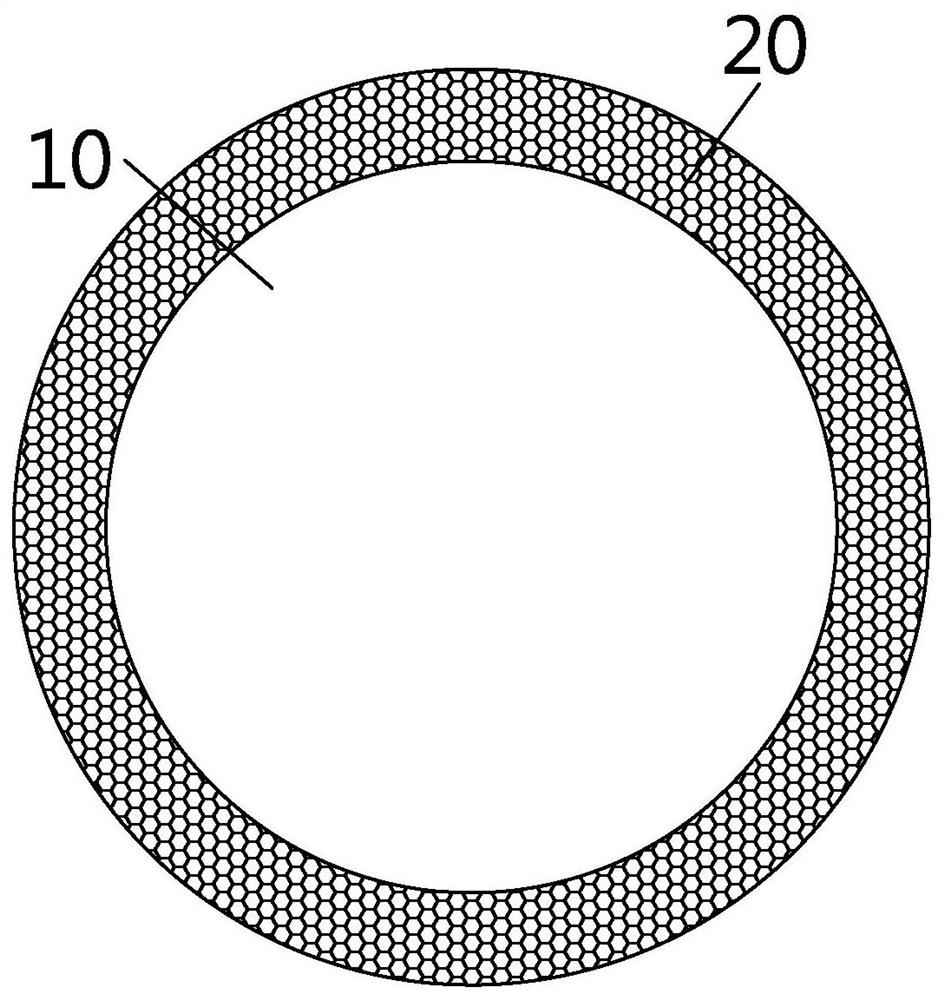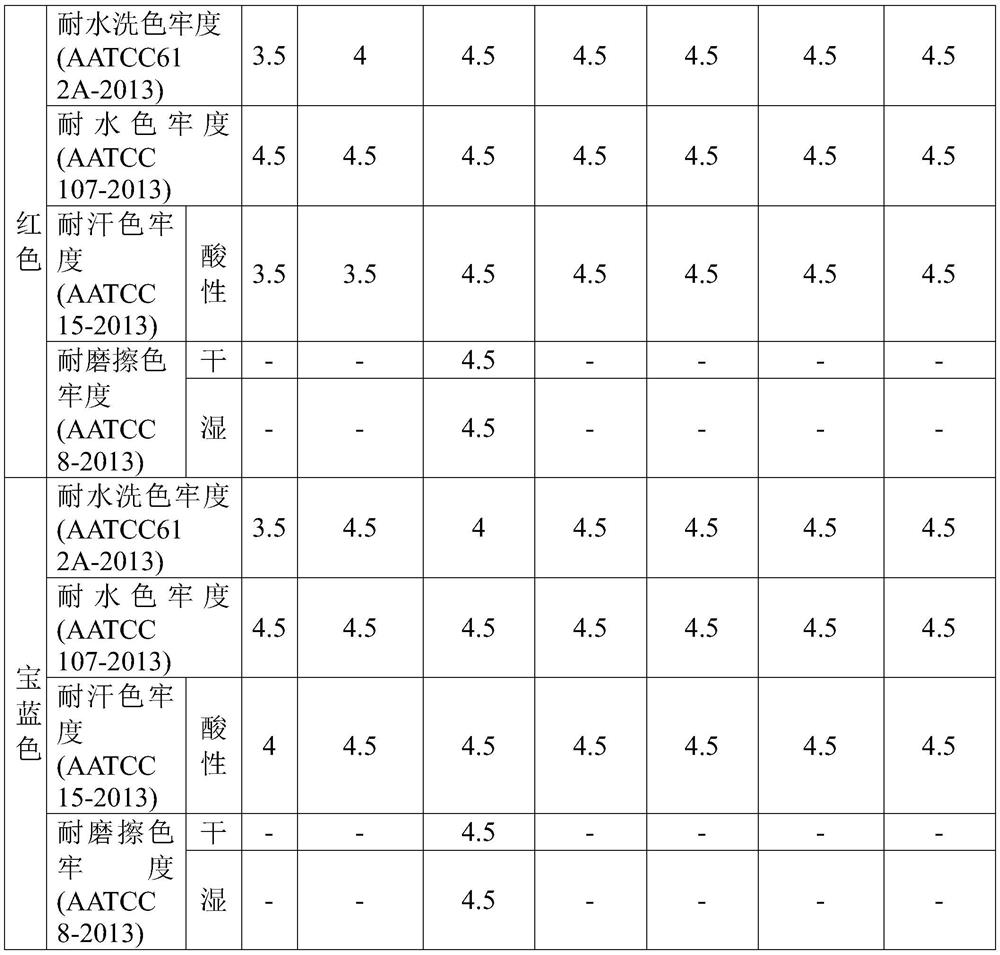Cationic dyeable thermoplastic polyester elastomeric fibers, and thermoplastic polyester elastomeric fibers dyed with cationic dyes
A thermoplastic polyester and cationic dye technology, applied in the direction of one-component polyetherester rayon filament, one-component copolyester rayon filament, etc. Effect
- Summary
- Abstract
- Description
- Claims
- Application Information
AI Technical Summary
Problems solved by technology
Method used
Image
Examples
Embodiment 1
[0024] Example 1: Preparation of cationically dyeable thermoplastic polyester elastomer (CD-TPEE).
[0025] This embodiment adopts the transesterification method. Dimethyl terephthalate (DMT), 1,4-butanediol (BDO) and ethylene isophthalate-5-sodium sulfonate (SIPM) in 1:2:0.05 molar The slurry is prepared in a proportion and fed into the esterification reaction kettle, and tetrabutyl titanate catalyst and magnesium acetate co-catalyst are added. Under a nitrogen atmosphere, the transesterification reaction is carried out in the temperature range of 190-200 DEG C for 30 to 50 minutes, and the top temperature of the fractionation column is 65-70 DEG C to obtain a prepolymer. Feed the prepolymer and polytetramethylene ether glycol (PTMEG) into a polycondensation polyester kettle, raise the temperature to 240-250°C, and gradually reduce the pressure to below 130Pa to carry out the condensation polymerization reaction. The material is discharged under vacuum to obtain CD-TPEE est...
Embodiment 2
[0026] Example 2: Preparation of thermoplastic polyester elastic fibers
[0027] The above-mentioned CD-TPEE ester pellets are dried in a dehumidifying dryer to a moisture content of less than 100 ppm, and then put into a silo, which enters the screw from the silo and melts at a temperature of 220-260 ° C, and controls the discharge amount through a metering pump. The fibers are spun out through the spinning assembly at 220-260°C, cooled and solidified in a cold water environment, and then entered into the first roller (1GR) through the silk guide, and then extended by hot water at 80-100°C, using 140-180°C After the hot air is set, it enters the coiling machine to obtain CD-TPEE fiber, and the coiling machine winding tension is controlled to 10-30 grams.
Embodiment 3
[0028] Example 3: Color fastness test
[0029] In order to verify the technical effect of the present invention, the CD-TPEE fiber prepared in Example 2 was woven into a sock bag, and after scouring and washing, 2% red cationic dye (kayacryl Red L-ED) and 2% royal blue cationic dye were added respectively. The dye (Cation Blue BR-ED) was continuously soaked for 60 minutes in a pH 4 environment and 120°C water temperature, and then the color fastness was analyzed according to the test standards set by the American Association of Textile Chemists and Dyers (AATCC). The results are shown in Table 1 below:
[0030] Table 1
[0031]
[0032]
[0033] The above table shows that the fabrics woven from the TPEE fibers dyed with cationic dyes have color fastness to water, washing and perspiration above grade 3.5 and are not prone to color migration, and the color fastness to rubbing is also high. It is at level 4.5, which shows that the TPEE fibers disclosed in this case can fi...
PUM
 Login to View More
Login to View More Abstract
Description
Claims
Application Information
 Login to View More
Login to View More - R&D
- Intellectual Property
- Life Sciences
- Materials
- Tech Scout
- Unparalleled Data Quality
- Higher Quality Content
- 60% Fewer Hallucinations
Browse by: Latest US Patents, China's latest patents, Technical Efficacy Thesaurus, Application Domain, Technology Topic, Popular Technical Reports.
© 2025 PatSnap. All rights reserved.Legal|Privacy policy|Modern Slavery Act Transparency Statement|Sitemap|About US| Contact US: help@patsnap.com



